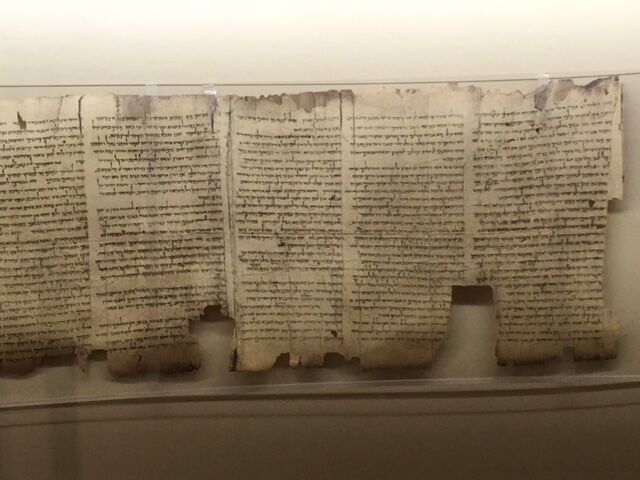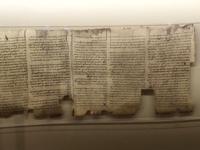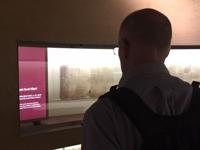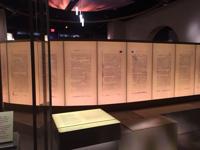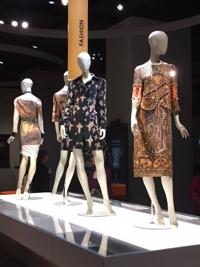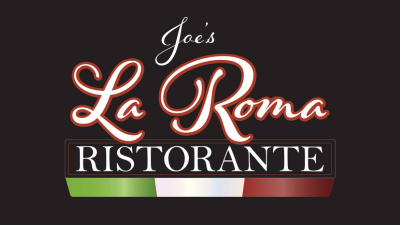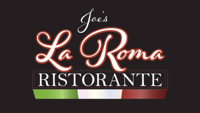A groundbreaking project, the Museum of the Bible, opened in November in Washington, D.C.
It took years of preparation and $500 million to get this 430,000-square-foot space ready, and weeks ago the doors of the Museum of the Bible finally opened.
“The main purpose of the museum is to invite all people from all backgrounds to get engaged with the bible, its history, its narrative, and its impact,” said Dr. Tony Zeiss, the museum’s executive director.
He said the massive museum is the third largest in the District of Columbia.
“We had 500 construction workers renovating this building for about three years,” Zeiss said.
Many visitors who WBOC spoke with said the work paid off.
The museum includes eight floors, which feature 1,600 items in permanent exhibits. Seventy-five percent of the artifacts are Bibles and manuscripts.
“You will be uncomfortable with some things,” said Seth Pollinger, director of museum content.
Pollinger added they hope all the exhibits make you think even if you don’t agree with the content.
“You have people arguing for slavery and against slavery,” said Pollinger. “And this happens within Protestant groups. This happens within the Catholic community.”
In the IMPACT exhibit, visitors can get a sense of the Bible’s impact on our life: how it affects everything from how we talk to what we wear.
“You look out and you see how architecture, fine art, literature, our use of film, music, but also our views of crime and justice and humanitarian movements,” said Pollinger. “All of these have been influenced in different ways by the Bible in different ways around the world.”
You can also see how the Good Book influences modern culture. In fact, you can read the holy book translated into more than 2,000 languages or view Bibles that date back to the 17th century.
Museum designers also made sure to keep the attention of today’s generation.
“We think we’re one of the most technologically-advanced museums in the world,” said Dr. Zeiss.
The non-profit behind the museum initially focused on presenting the story of Christianity, but not today.
“I think maybe in the early days, seven years ago, they said they were going to focus on maybe just the Christian faith,” Zeiss said. “And they quickly decided no let’s go non-sectarian because this Bible is the foundation of many faith traditions. They made the right decision.”
The museum doesn’t shy away from tough topics – including the intersection of science and faith.
“What we wanted to do is demonstrate how Newton and Galileo and George Washington Carver,” said Pollinger. “These are all people who because of their interest in the Bible, interest in issues of faith, it stirred up a curiosity to explore the natural world.”
The project was born from the brain and funds of Steve Green, who founded Hobby Lobby. The company recently reached a legal settlement with the government over the manner it acquired some artifacts.
“None of our artifacts were investigated in that situation and we’re happy about that,” Zeiss said.
And why this massive project at this point in history?
“You’d have to ask somebody higher than me,” Zeiss said as he pointed up. “Because I have no idea. It just, all things came together.”
Admission is free, but museum managers recommend registering for timed passes online.
Museum of the Bible –> https://www.museumofthebible.org/

